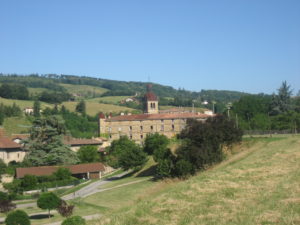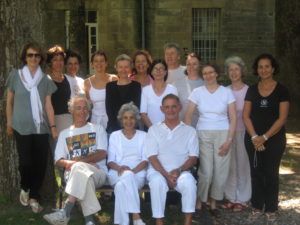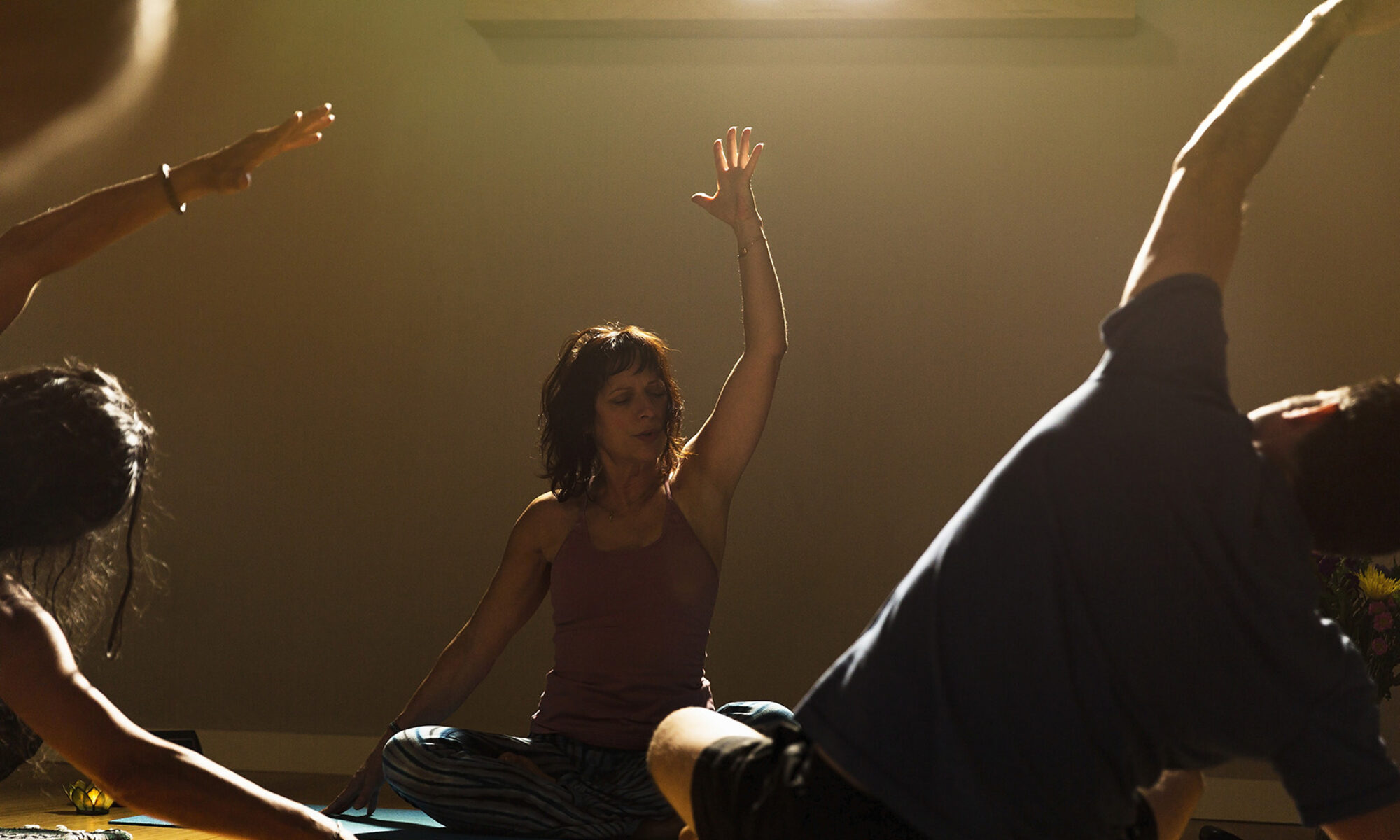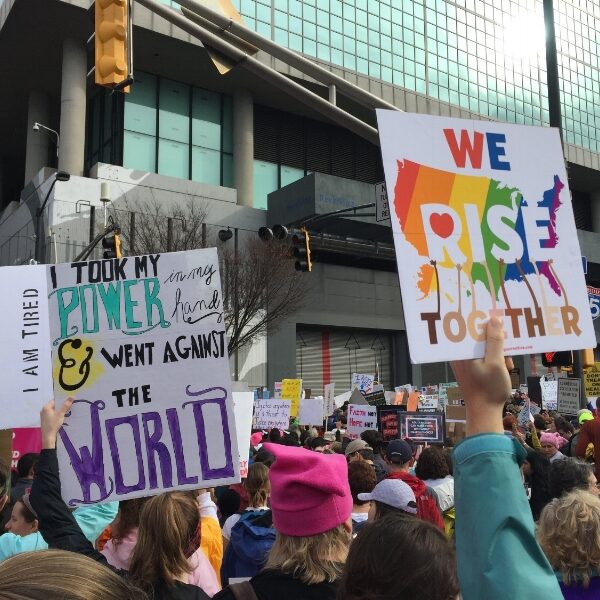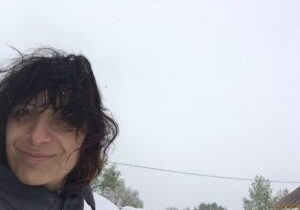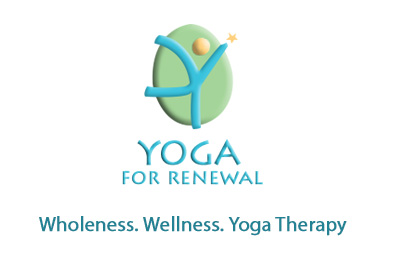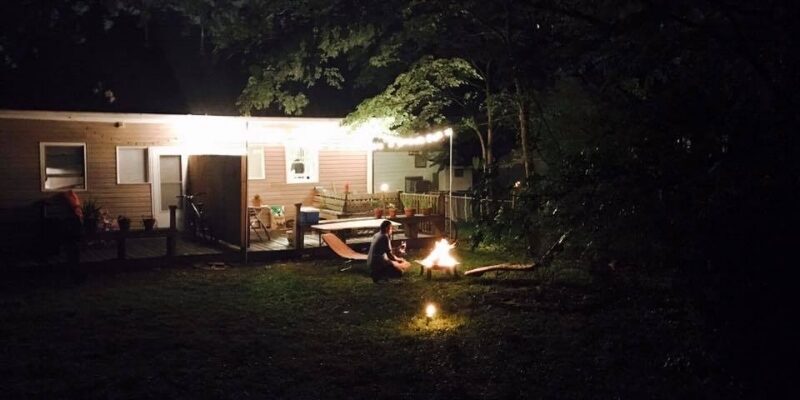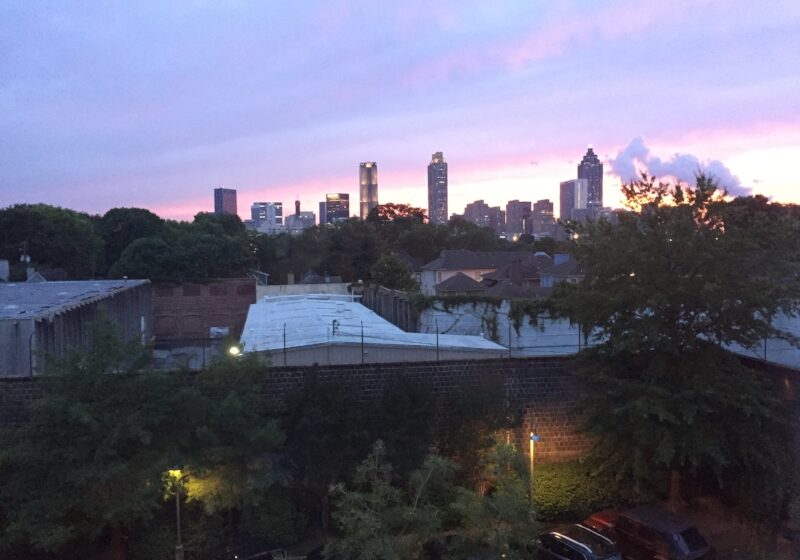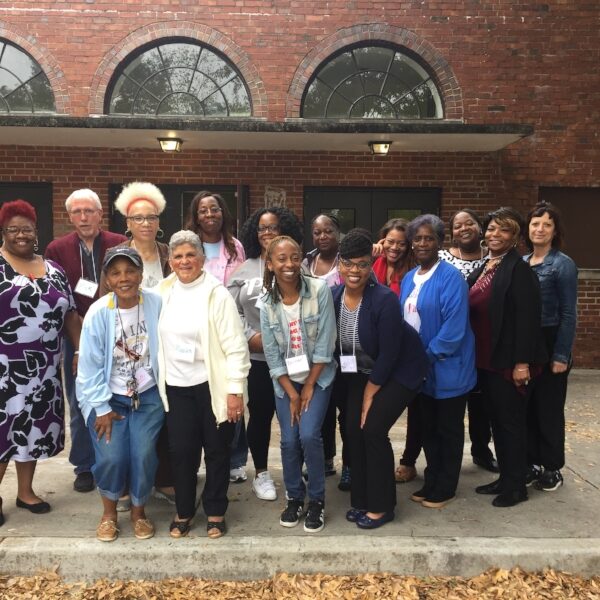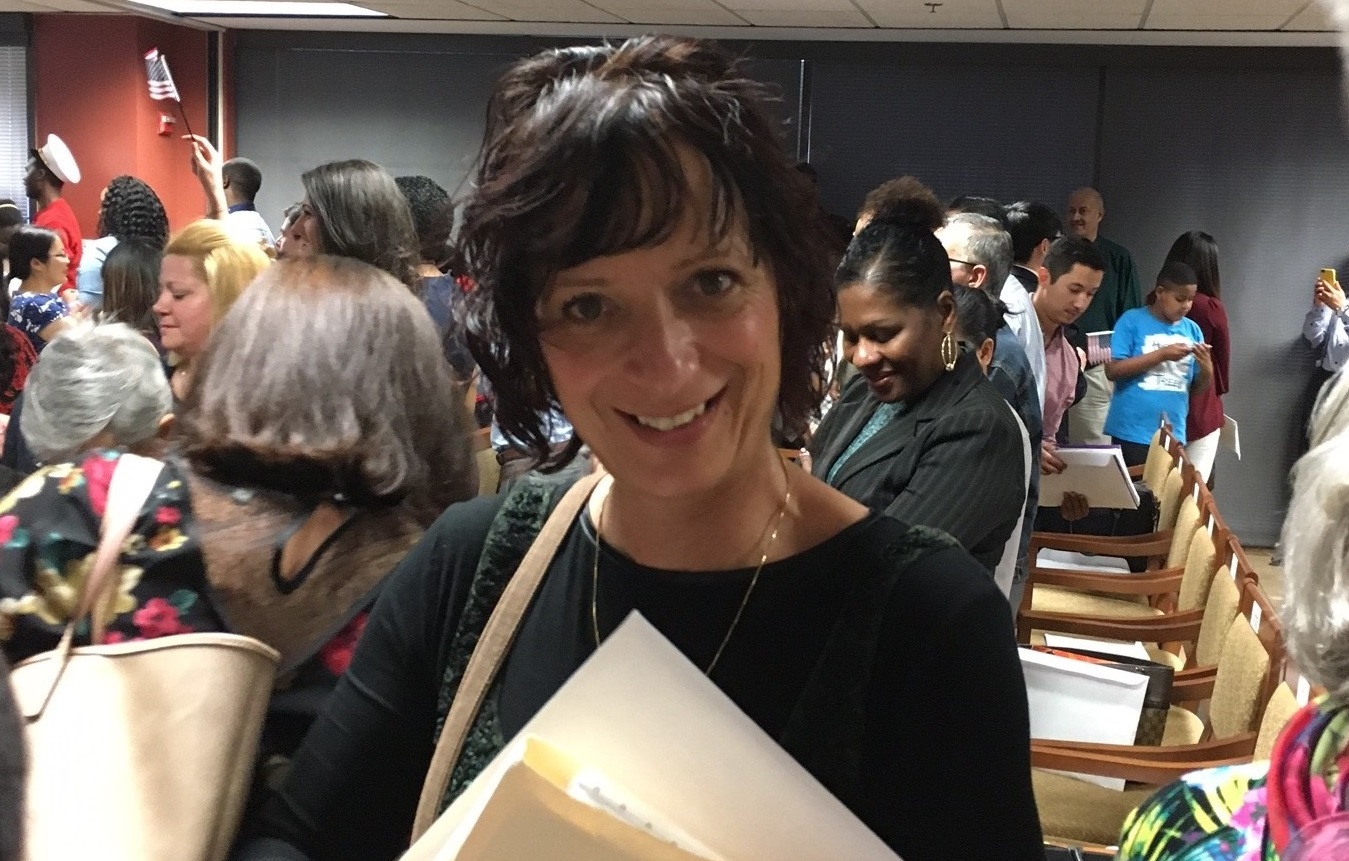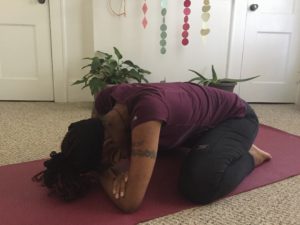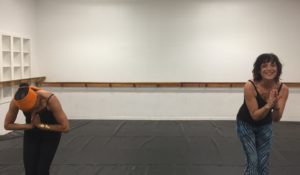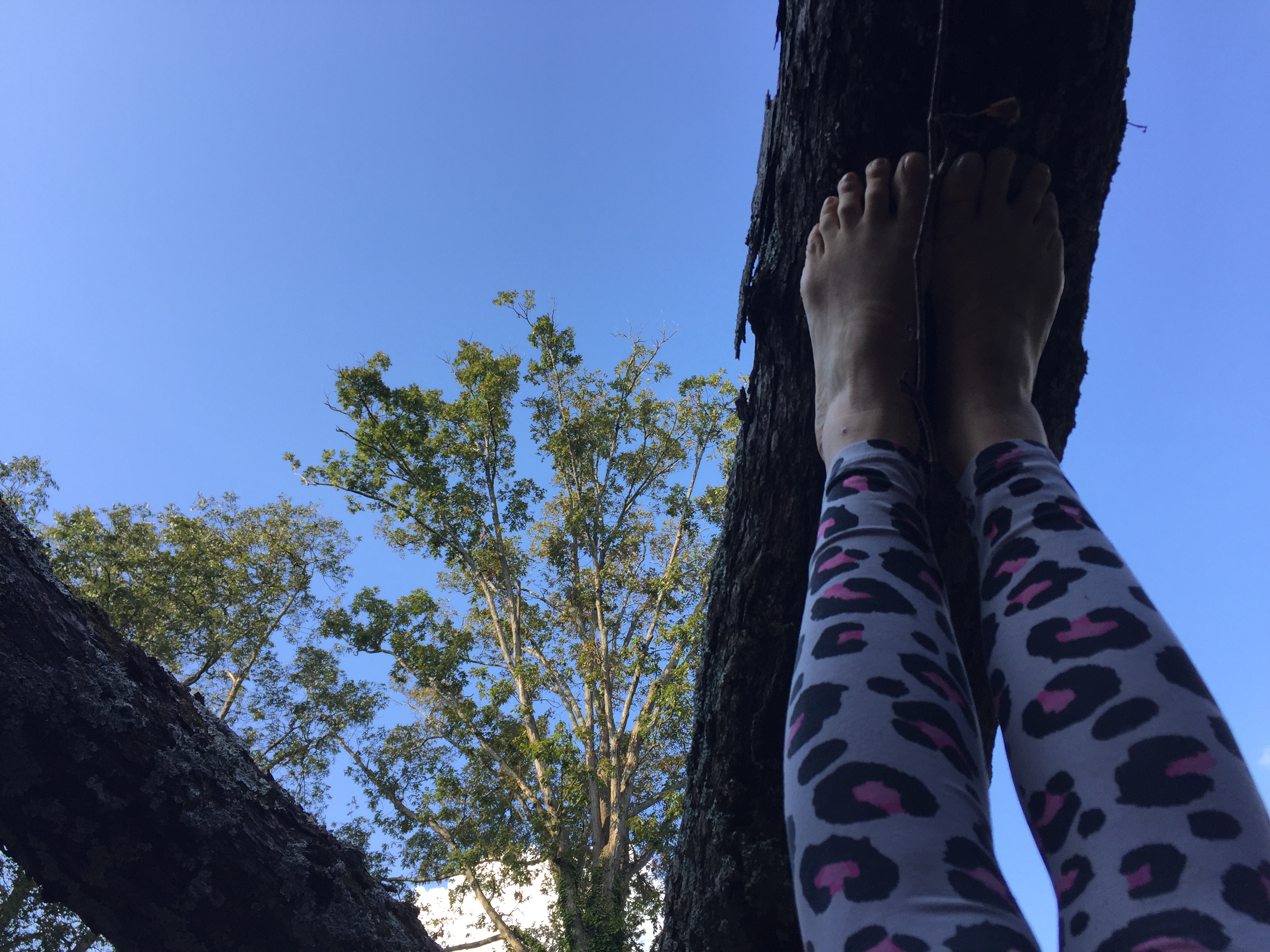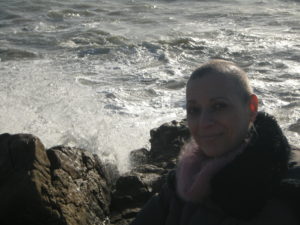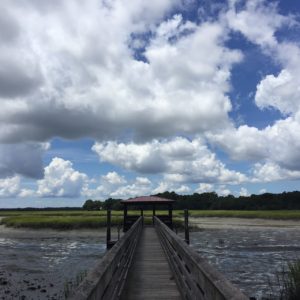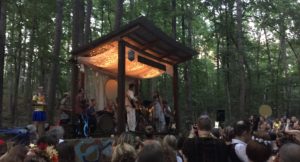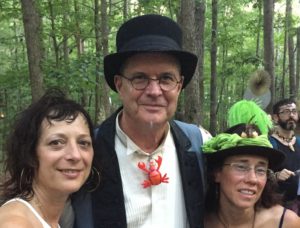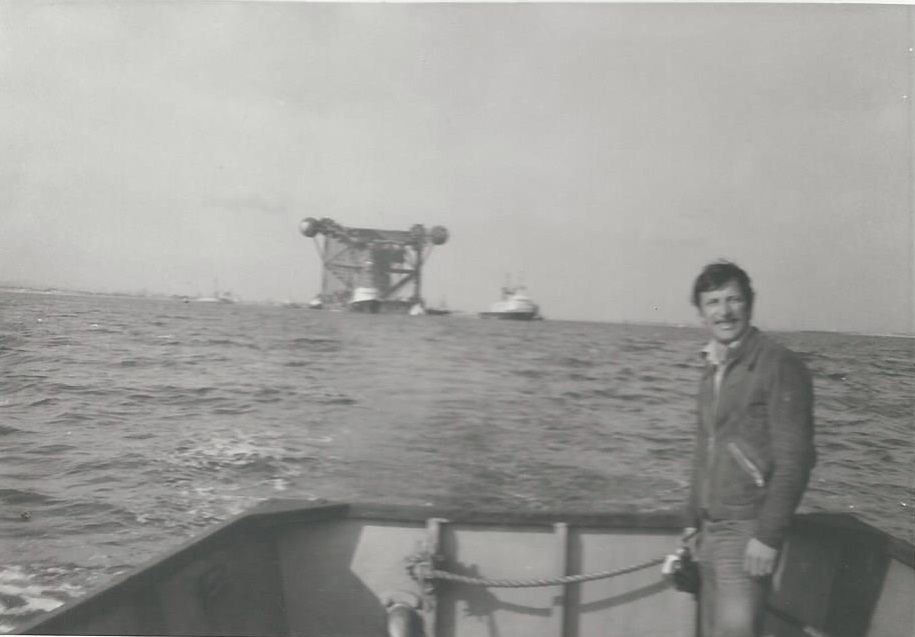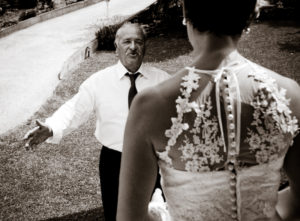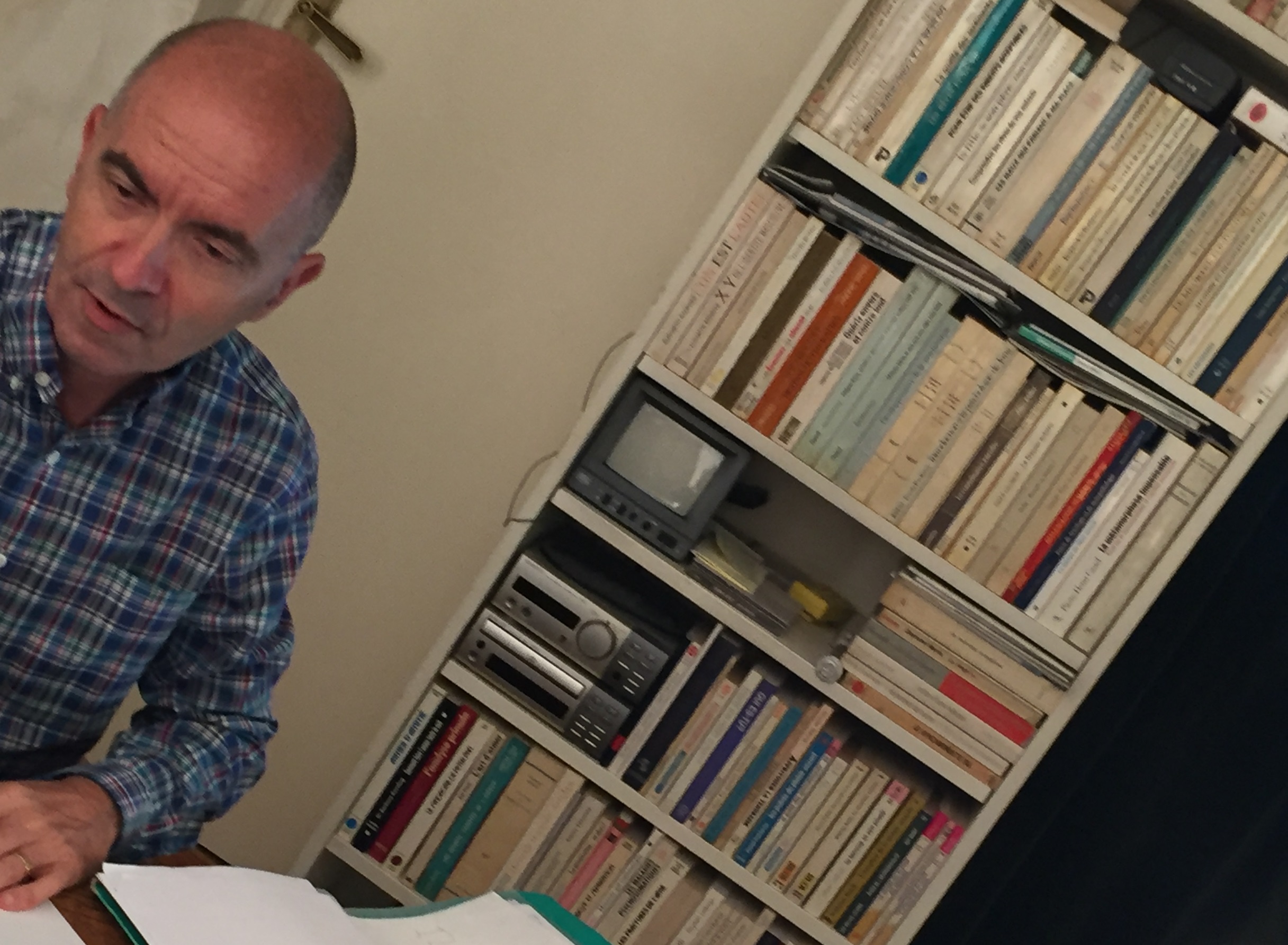
Once, I asked Aline Frati, my yoga teacher, "Do you consider you teach therapeutic yoga?" She answered, "No, I teach a yoga approach for everybody. I teach the yoga of non-duality in which we search for our true nature, beyond all conditionings."
Every breath and every pose I lead my yoga students into are inspired by my yoga teacher, Aline Frati. Aline left us on Jan. 2. Tribute.
My yoga teacher, Aline Frati, left us on January 2, in Paris where she lived.
I happened to be in Paris when Aline made her transition. I was going to fly back to Atlanta the day of her religious ceremony, when Delta unexpectedly cancelled my flight early that morning, allowing me to attend the ceremony, which was held at the Père Lachaise, the most visited cemetery in the world.
After the funeral, Barbara, another of Aline’s students, and I decided to walk through the cemetery to catch the train at the Père Lachaise metro station. On our way, we met a man--one of those “real”, direct-to-the-point, cheeky Parisians--who knew the place like the back of his hand. He guided us to see tombs of many famous people, including Jim Morrison, before disappearing like smoke. I don’t know about you but I believe in signs.
I wrote a few lines about Aline that I read to Aline’s family and friends. I know that Aline would have loved for me to share them with you on my blog, so I’ve included them, below. Namaste.
Discovering yoga with Aline deeply shook my life. She supported me all along my journey.
Aline taught the most therapeutic form of yoga I have ever come across--far from the “yoga-robics” that is often taught in France and the States, where I live.
Above everything, Aline wanted to help us develop our capacity to listen to our body--without judgment. About her yoga approach, she also said, “the purpose of this yoga is to dissolve the repetitive patterns of fear and anxiety which we experience, since childhood, that get fixed in the body in the form of tension and pain.”
Aline fully expressed her art during the yoga retreats she taught at the Abbey of Saint Antoine, a 11th century abbey in one of France’s most beautiful villages, niched in the pre-Alps. “It is the teacher’s quality of presence that helps a person harmonize, not the yoga technique,” she told me during one of those retreats.
Thank you, Aline, for what you have passed down to me. Thank you for being a precious friend, a guide, a light that led me to my deepest self. Just like I asked for your guidance when you were here with us, I will continue to ask you to guide me in yoga therapy and in building on the foundation of what you have taught me.
Your friend, Always,
Elisabeth
